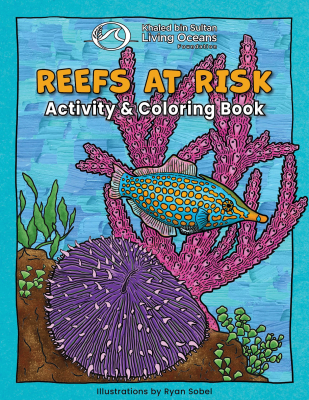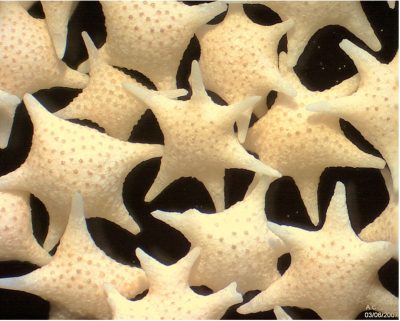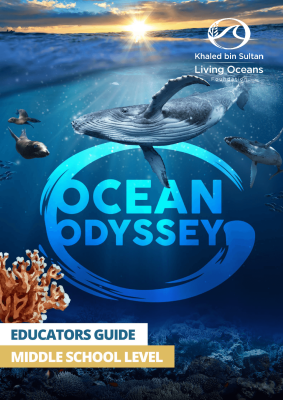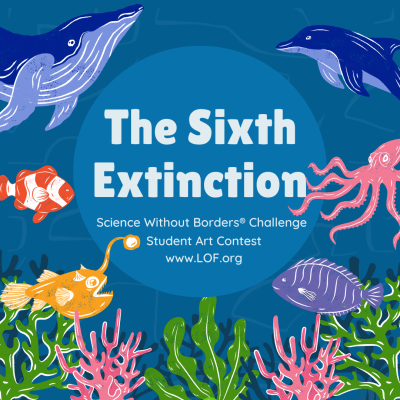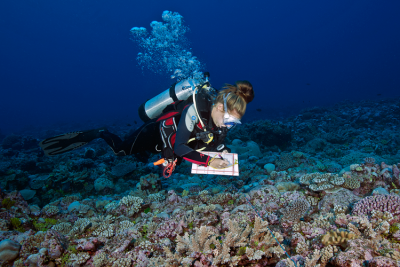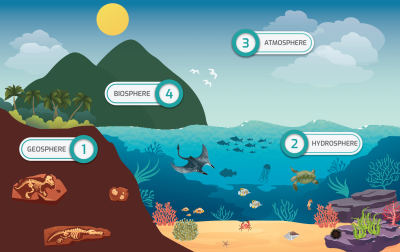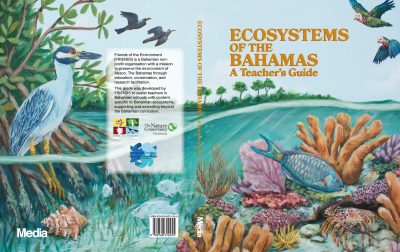
Introducing a New Teacher’s Guide: “Ecosystems of The Bahamas”
We are thrilled to announce that our partners, Friends of the Environment (FRIENDS), have launched Ecosystems of The Bahamas, the newest teacher’s guide highlighting the Bahamian environment. Designed for use in high school classrooms, Ecosystems of The Bahamas contains background

